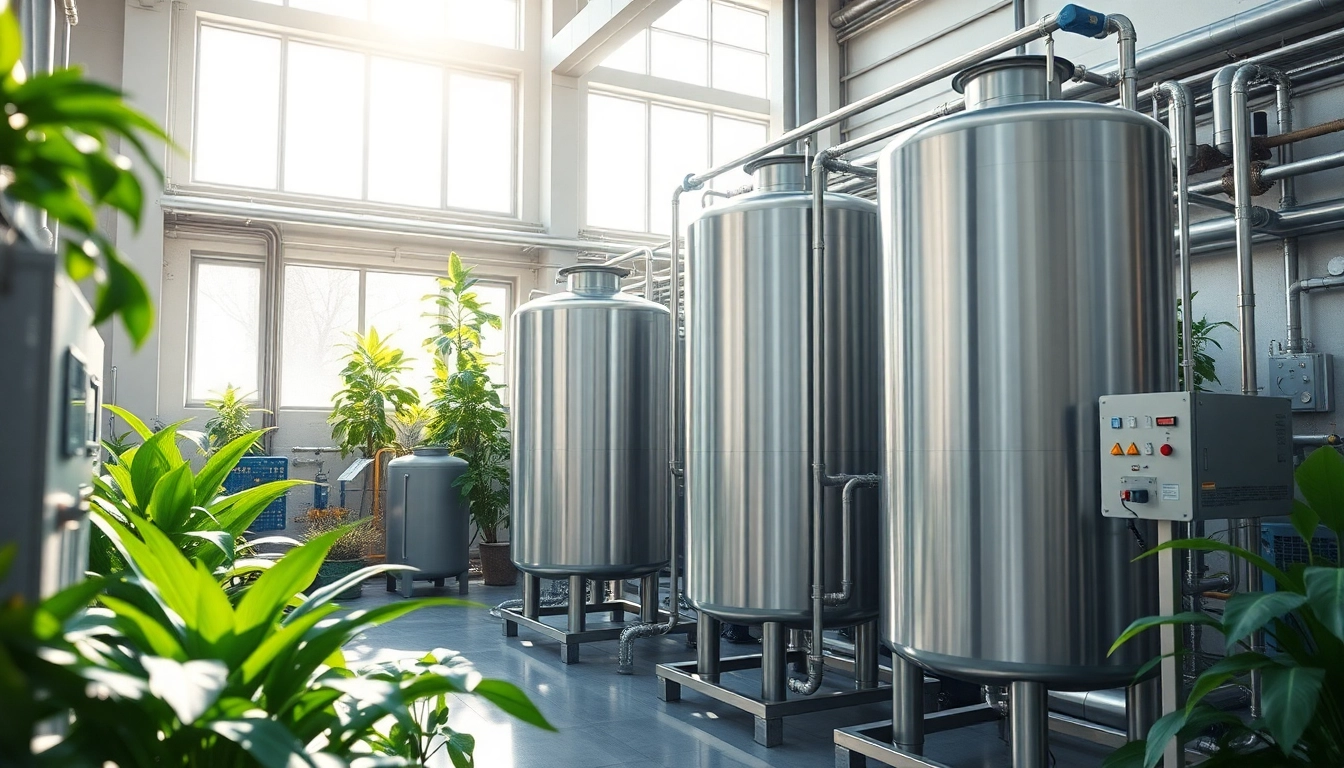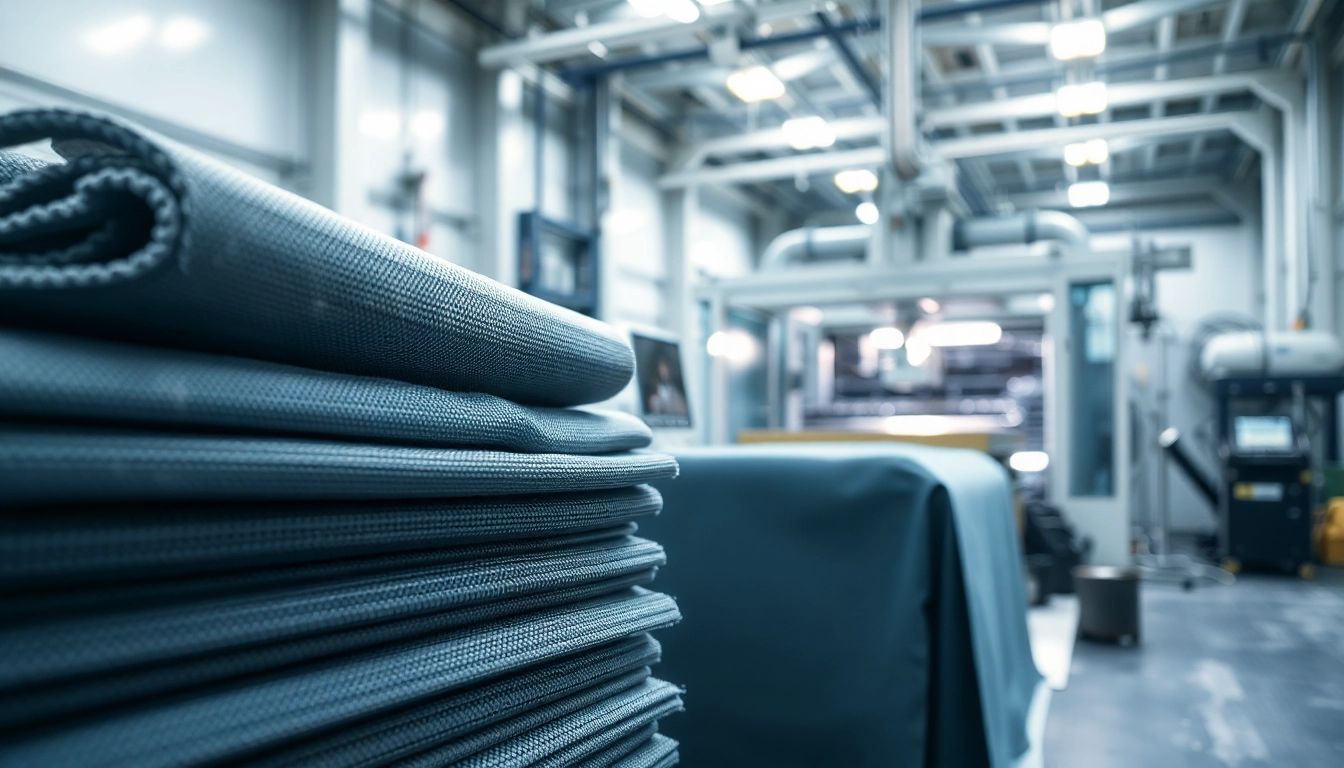Understanding Nitrogen Regulators
What is a Nitrogen Regulator?
A nitrogen regulator is a crucial device designed to control the pressure of nitrogen gas from a high-pressure source, such as a cylinder or tank, to a lower pressure as needed for various applications. In industries ranging from food and beverage production to HVAC systems and manufacturing, nitrogen is used for its inert properties, aiding in processes such as pressurization, preservation, and refrigeration. A reliable nitrogen regulator ensures that the nitrogen is delivered at a safe and consistent pressure level, protecting both the equipment using the gas and the quality of the output products.
How Do Nitrogen Regulators Work?
Nitrogen regulators work by reducing the high inlet pressure of nitrogen gas from a cylinder to a usable output pressure. At the core of a nitrogen regulator is a pressure-reducing valve that operates based on a feedback mechanism. When nitrogen gas flows into the regulator, a diaphragm within the regulator reacts to changes in pressure. This movement opens or closes the valve to maintain a steady pressure on the outlet side, regardless of variations in cylinder pressure or demand.
The functioning of a nitrogen regulator can be broken down into several key stages:
- Inlet pressure measurement: The regulator measures the pressure of the incoming nitrogen gas.
- Pressure reduction: The regulator reduces this pressure to a predefined set point, which can be adjusted based on user requirements.
- Output stabilization: The regulator maintains a consistent outlet pressure, responding to any fluctuations in demand or inlet pressure.
In addition to pressure control, some nitrogen regulators also include features like flow rate adjustment, multiple outlet ports, and safety mechanisms to prevent over-pressurization. Understanding these mechanisms is essential for effective use and application of nitrogen in various settings.
Types of Nitrogen Regulators and Their Applications
Nitrogen regulators come in various types, each tailored to specific applications and industry requirements. Here are the most common types:
1. Single-Stage Nitrogen Regulators
Single-stage regulators are typically used for applications where the pressure drop is not significant. They are easier to use and are ideal for delivery systems that require a consistent output pressure with minimal fluctuations, such as:
- Regulating nitrogen for paint spraying or welding applications.
- Soft drink dispensing systems.
2. Two-Stage Nitrogen Regulators
Two-stage regulators are designed for applications involving more significant changes in inlet pressure. They provide enhanced stability and precision in maintaining outlet pressure. These regulators are often found in:
- Laboratory environments where nitrogen is used for instruments requiring a consistent gas supply.
- Industrial applications that involve high-pressure tanks.
3. Specialty Nitrogen Regulators
These include custom solutions designed for unique applications such as:
- Dual outlet regulators for simultaneous usage across multiple devices.
- Low-pressure regulators suitable for nitrogen purging in packaging processes.
4. High-Pressure Nitrogen Regulators
Engineered to handle high-pressure nitrogen gas, these regulators are vital in industries where extreme pressure environments are common, such as:
- Petrochemical applications.
- Aerospace and aviation maintenance.
Choosing the Right Nitrogen Regulator
Factors to Consider When Selecting a Regulator
Selecting the appropriate nitrogen regulator is critical to ensuring safety and efficiency. When choosing a regulator, consider the following factors:
- Application: Ensure the regulator is suitable for your specific use, whether it’s for HVAC, manufacturing, or dispensing.
- Pressure and Flow Requirements: Know the required outlet pressure and flow rates; some applications may necessitate high flow rates while others may require precise low flow control.
- Material Compatibility: Consider the materials used in the regulator’s construction—certain applications may require brass, stainless steel, or specialized plastics for corrosion resistance.
- Brand and Reliability: Opt for reputable brands known for quality and customer support.
Comparison of High-Pressure vs. Low-Pressure Regulators
The choice between high-pressure and low-pressure nitrogen regulators greatly depends on the application and the working environment:
High-Pressure Regulators
These regulators are designed for applications that involve extremely high pressures—typically above 2000 psi. They are robust and can withstand harsh conditions. Use cases for high-pressure regulators include:
- Aerospace applications where nitrogen needs to be controlled under extreme conditions.
- Chemical processing where high-purity nitrogen may be utilized for inerting.
Low-Pressure Regulators
Conversely, low-pressure regulators are designed for applications operating around 150 psi or below. They are simpler in design and often more economical. Common uses include:
- HVAC systems for air conditioning and refrigeration maintenance.
- Food packaging where nitrogen is used to displace oxygen and prolong shelf life.
Understanding Specifications and Standards
Each nitrogen regulator has specifications that define its use cases, including maximum inlet pressure, outlet pressure range, and flow rate capacity. Standards like ASTM and ISO ensure regulators are safe and reliable for their intended use. Users must familiarize themselves with these specifications to ensure compliance with legal and safety standards. Understanding these specifications can also help in troubleshooting and diagnosing performance issues in existing systems.
Installation and Maintenance of Nitrogen Regulators
Step-by-Step Installation Guide
Installing a nitrogen regulator correctly is essential to ensuring it operates safely and efficiently. Follow these steps for proper installation:
- Gather Required Tools: Ensure you have adjustable wrenches, Teflon tape, and safety goggles.
- Shut Off Nitrogen Supply: Always ensure the nitrogen supply is turned off before installation.
- Remove Existing Regulator: If replacing an old regulator, carefully remove it without damaging connection points.
- Prepare the New Regulator: Inspect the new regulator for defects, apply Teflon tape on the threads to prevent leaks, and attach the inlet fitting.
- Install the Regulator: Connect the regulator to the nitrogen tank, securely fastening it to prevent leaks.
- Check Settings: Verify and set the desired outlet pressure as per application requirements.
- Test Operation: Gradually open the nitrogen tank and check for leaks. Use a soapy water solution to confirm that there are no leaks at the connection points.
Common Maintenance Tips for Nitrogen Regulators
Maintaining your nitrogen regulator ensures longevity and reliable performance. Here are essential maintenance tips:
- Regularly Inspect Seals and Fittings: Check for any signs of wear and tear.
- Clean the Regulator: Periodically clean the regulator to remove any dirt or particles that may affect its performance.
- Calibrate Pressure Settings: Schedule regular calibration checks to ensure accurate readings align with your operational requirements.
- Document Maintenance: Keep records of all maintenance performed to track performance over time.
Troubleshooting Common Issues
Even with proper maintenance, nitrogen regulators can encounter issues. Here’s how to troubleshoot common problems:
- Inconsistent Pressure Output: Check for leaks or blockages in hoses and fittings that could affect gas flow.
- Output Pressure Too High: Inspect the pressure setting and adjust accordingly; if problems persist, consider replacing the regulator.
- No Gas Flow: Ensure the nitrogen tank is filled adequately and verify all connections are secure.
Applications of Nitrogen Regulators
Nitrogen Regulators in HVAC Systems
Nitrogen is widely used in HVAC (Heating, Ventilation, and Air Conditioning) systems, primarily for pressure testing and leak detection. During HVAC installation or repair, technicians use nitrogen to pressurize systems and identify leaks before introducing refrigerants. This method is effective and safe, as nitrogen is non-flammable and harmless. Moreover, nitrogen purges moisture from system components, preventing corrosion and extending the lifespan of HVAC systems.
Use Cases in Food and Beverage Industries
The food and beverage sectors utilize nitrogen for its inert qualities to preserve freshness and prevent spoilage. Nitrogen is commonly used in:
- Packaging: Nitrogen flushing replaces oxygen in packaging to extend shelf-life. This method is particularly beneficial for products like chips, nuts, and vacuum-sealed meats.
- Dispensing: In beer and beverage dispensing systems, nitrogen contributes to smoother pour and reduces foam.
Using nitrogen in these applications ensures consistency in quality and taste, while also enhancing safety by limiting microbial growth.
Applications in Manufacturing and Pressurization
Nitrogen’s role in manufacturing is not limited to food and beverage; it spans various industries including:
- Electronics Manufacturing: Nitrogen is used in soldering and handling sensitive components to prevent oxidation.
- Pressurization in Systems: In manufacturing processes that require pressure control, nitrogen regulators stabilize pressure across hydraulic and pneumatic machinery.
Integrating nitrogen regulators into these applications helps streamline operations while ensuring product quality and safety standards are met.
Safety Guidelines for Using Nitrogen Regulators
Best Practices for Safe Operation
When using nitrogen regulators, following safety protocols is paramount. Here are best practices to ensure safety:
- Training: Ensure all personnel using nitrogen regulators are trained on their operation, safety measures, and emergency procedures.
- Personal Protective Equipment: Use safety goggles, gloves, and masks where necessary, especially in confined spaces.
- Proper Ventilation: Always operate nitrogen systems in well-ventilated areas to reduce risk of asphyxiation in case of leaks.
Understanding Risks and Emergency Procedures
Users must be aware of potential risks associated with nitrogen use, such as the following:
- Asphyxiation: Nitrogen can displace oxygen in the air, leading to suffocation in confined spaces.
- Over-pressurization: If regulators are not set correctly, over-pressurization can lead to equipment failure or explosion.
Emergency procedures should include immediate evacuation of the area, shutting off gas supplies, and contacting emergency personnel.
Regular Inspection and Compliance Checks
Regular inspections of nitrogen regulators and associated equipment are essential to ensure they meet safety compliance standards. Conduct inspections that include:
- Visual Checks: Look for visible damage or leaks in the regulator, hoses, and fittings.
- Testing Functionality: Regularly test pressure settings and functionality of the regulator with calibrated measurement tools.
- Documentation: Maintain records of inspections and compliance checks as part of your safety protocols for legal adherence.



